Nowadays, there’s really only one way to feed millions of people, right?
Wrong. There are two ways: with farms, and with gardens. Yet we think that only the former can actually deliver massive amounts of food to millions. Simply because that’s what we’ve been taught to believe over decades of experience and billions of dollars in industry advertising. So what I’ll do now, to help counter that mistaken impression, is present a more informative and complete overview of farms and gardens than you typically see. That, in turn, will begin to illuminate why genuine self-sufficiency gardens, and a food system based on such gardens, are so different from the industrial farm model. And so much more desirable.
Farms
First, be aware that there’s very little overlap between farms and gardens. Farms, unlike gardens, are designed to grow and market food for use almost entirely outside of the household. In addition, they typically, though not always, employ hired labor, and vary widely along several gradients not typical of gardens. For instance, although like most gardens they can be non-mechanized, using only human or animal power, they’re usually not. They’re much more likely to make use of machines, from a small tractor with naked seat and a single plow to half-ton behemoths commanding various arrays of sprawling implements from air-conditioned cabs that feature GPS and digital control panels. Wow.
An industrial farm can also be “local,” (though not as much so as a garden) which can mean anything from within a few miles away to adjacent states, depending on how much cachet a vendor thinks the term can capture. At the other extreme are the largest corporate farms that stream exclusively into the global food chain, their octopus-like arms reaching around the world.
Of course, size is the most obvious difference between gardens and farms. Farms range from “small holders”, usually meaning 12 acres or less—still much larger than gardens—to spreads covering thousands, many thousands, or even millions (yes, millions) of acres. Some of these, even at the smaller end, are referred to as ranches—growing only livestock—rather than farms. Yet some of the largest do grow crops, usually grains, soybeans, or potatoes. In any case, as with the other variables, there is a gradient from the very smallest to the most colossal.
The final parameter looks at the degree to which they’re sustainable: most gardens are, most farms are not. Truly sustainable farms (or gardens) can be operated in perpetuity without damaging the soil, the environment, or any aspect of the community of people it serves. The smaller the farm, the easier it is to reach this ideal. In contrast, unsustainable farms wreak damage that will eventually turn back on and destroy them. Think, for morbid example, erosion of topsoil ten to twenty times as fast as it’s being replaced. That particular outcome—along with a number of others—describes a large percentage of conventional farms.
What’s truly fascinating is that a given farm may check in at various positions, sometimes independently, along almost any of these gradients. For instance, a farm could be non-industrial, occupy just three acres, and serve only markets within a 10-mile radius, yet still be all too rapidly eroding topsoil. (Entire civilizations have perished, long before the industrial age, by eroding away their topsoil.) Assuming that most, but maybe not all, other aspects of this farm are equally unsustainable, its gradient spread (indicated by the red dots) would look something like this:
Or, a farm could be fully industrial (using extensive mechanization), let’s say medium-sized at 500 acres, growing crops for regional consumption, and mostly sustainable, assuming it practiced regenerative agriculture. Its gradient spread could look like this:
Not that absolutely any combination of features is possible; you will never find a mega-farm using only animal labor. Nor would such a farm be likely to address only local food needs, or be sustainable. So its spread would tilt toward the far right end of the gradient spread. In general, the left-hand indicators tend to cluster with one another, and do the ones on the right.
Gardens
Gardens are a whole different ball game, having only food production in common with farms. They are defined as growing food almost entirely for consumption within a household. That said, gardens vary a lot in overall purpose, diet, size, and extent of storage. I’ll go into more detail about what self-sufficiency means in later posts, but for now, an overview will do.
So first, most American gardens are typically described as hobby or kitchen gardens whose purpose is to provide a few fresh vegetables to supplement grocery store fare. By contrast, the goal of a self-sufficiency garden is to sustain a person or family for an extended period of time, whether it’s a day, week, or longer—even up to a year.
A self-sufficiency garden, by the way, is not to be confused with a self-sufficient garden—one that, once established, requires little subsequent care. It would feature perennial sources of fruits like blackberries and apples, and vegetables that aren’t planted anew every year like asparagus and rhubarb, as well as herbs like chives and perennial mints.
Second, a hobby/kitchen garden features almost exclusively watery vegetables that are low in protein and energy (calories), whereas a self-sufficiency garden provides a fully balanced diet.
Third, gardens range in size from a pot of tomatoes on the patio to a tenth of an acre or more. The average size of an American garden is 20’x30’, or 600 square feet, whereas what I call a self-sufficiency garden is a bit over twice that at 35’x40’ or 1,400 square feet.
The fourth parameter—producing a limited as opposed to an extended supply of stored food—also separates the average hobby/kitchen garden from a self-sufficiency garden. In most cases, the latter requires “putting up” food by freezing, canning, pickling, or various types of dry storage. That’s not so important for a garden that mostly just supplements the grocery store.
Depending on individual preferences, here is how the gradient spread of an average hobby/kitchen might appear. That is, tending toward the left side:
Now consider a self-sufficiency garden gradient. Let’s say it provides two-thirds of a year’s supply of food, which would be quite an accomplishment. But let’s also say the gardener still enjoys occasional potato chips, dip, and ice cream from the grocery store. Here is what their garden’s gradient might look like:
Again, any number of permutations are possible, with some limitations. For instance, you could not get a balanced diet eating only watery vegetables (red dot at the left end) even if your garden plot is 35’x40’ (red dot at the right end). Still, just as with farms, the indicators at the left end of the gradient scales tend to cluster together, as do those on the right.
Also, note that I don’t say a garden has to provide all of your food for a whole year in order for you to achieve self-sufficiency; it’s not an all-or-nothing deal. For however long you care to live on what you grow yourself, you’re truly self-sufficient for that period of time, and can rightfully feel good about the satisfaction it brings.
Getting back to the overall comparison of farms and gardens, let me hasten to add, before someone hastens to correct me, that the largest, most successful gardens may regularly produce enough food to sell some of it. Likewise, the smallest farms may feed the farmer’s household at least some of its harvest. So gardens and farms are not always mutually exclusive. Nevertheless, they usually are.
The Bigger Picture
Overall, the variables you see in these farm and garden gradients beg the question, What percentage of the world’s food is supplied by small holder- and garden- type operations, and how much comes from industrialized farms? For years, the UN’s FAO (Food and Agricultural Organization) reported that small holder-ish sources, including non-industrial farms and fishing, hunting, and gathering as well as gardens, provided 70% of the world’s consumed food. Then two studies, in 20181 and 20212, proclaimed that only 30% came from small enterprises, with 70% coming from industrial spreads. The FAO promptly adopted that ratio as the new gold standard. However, those studies have been criticized as being “…full of methodological errors and assumptions that warrant further scrutiny before being universally accepted.”3 Most likely an accurate figure lies somewhere between 30 and 70 percent, but without a truly comprehensive and inclusive research effort, we’ll probably have to guess just where. I will return to this debate in a later post that considers how food production can greatly differ from consumption, a distinction both papers failed to address, amongst others.
Still, we need to have a comprehensive overview of the ways food can be produced to even contemplate how it could change for the better. Providing that was the goal of this post; I hope it delivered for you.
Next up: A series of posts that will give a more detailed picture of just what a self-sufficiency garden looks like. And after that, what would comprise a self-sufficiency garden food system. Stay tuned.
1Riccariadi, et al., 2018. How much of the world’s food do smallholders produce? ResearchGate. https://www.researchgate.net/publication/325405959_How_much_of_the_world’s_food_do_smallholders_produce
2Lowder, et al., 2021. Which farms feed the world and has farmland become more concentrated? World Development. https://www.sciencedirect.com/science/article/pii/S0305750X2100067X
3Off Shoot. 2022. Can small-scale farmers feed the world? We break down the research.

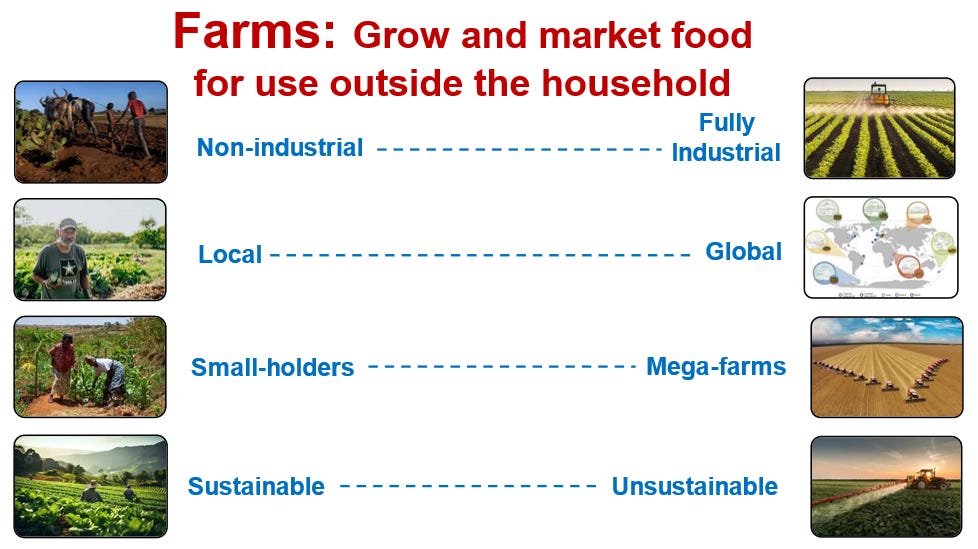


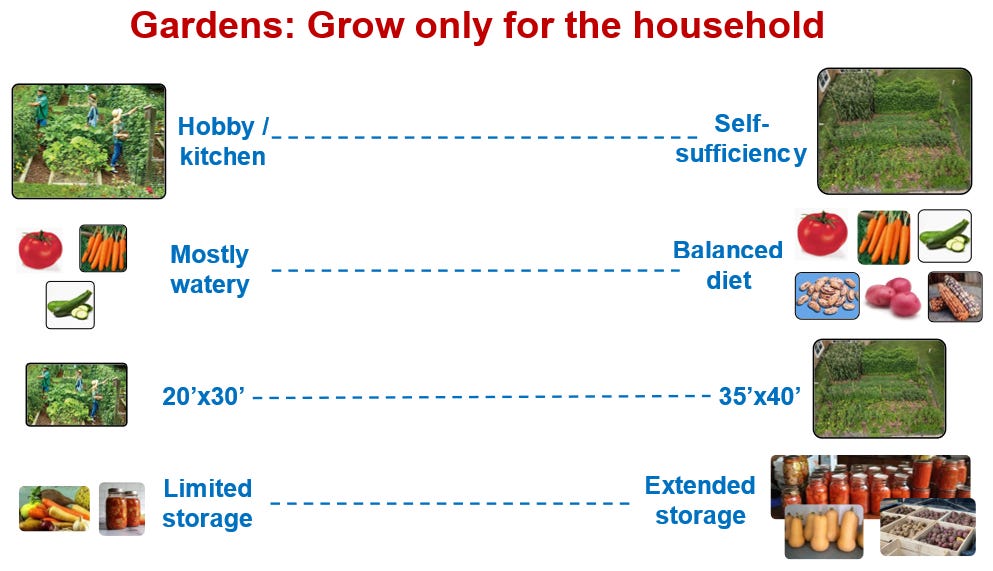



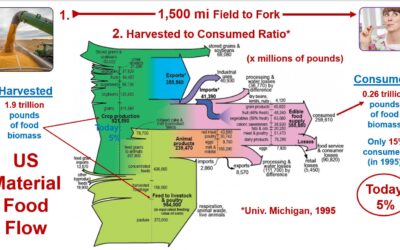
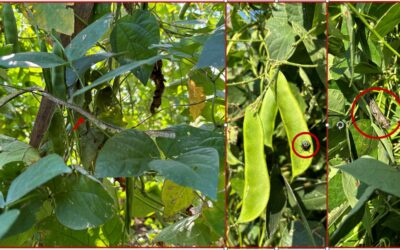
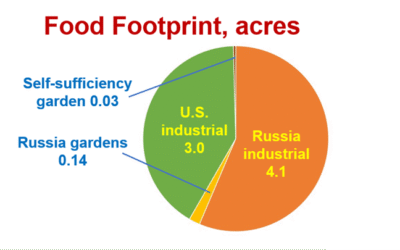
0 Comments